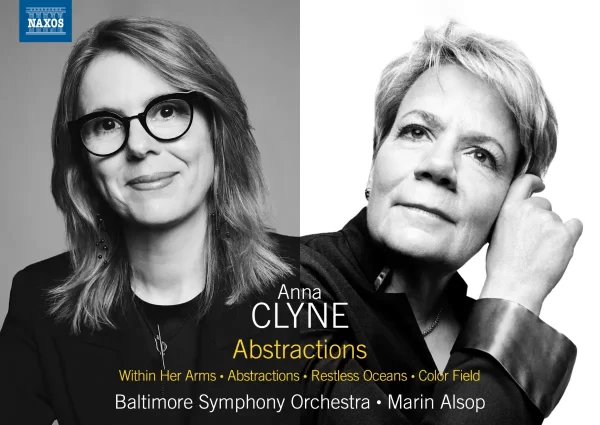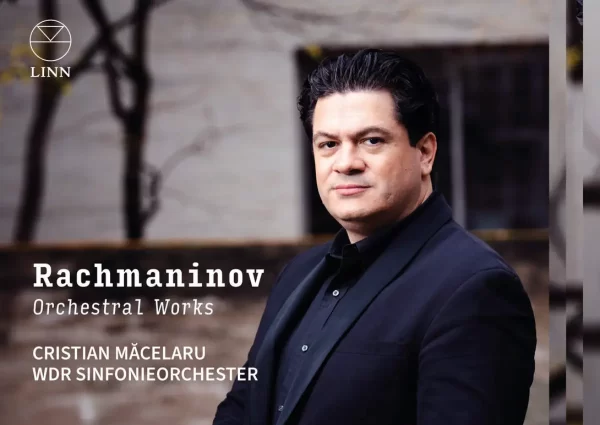This is the third Bruckner recording from this wonderful partnership. I greatly enjoyed their 2015 Fourth Symphony, which underscores the symphony’s Austrian folk roots in a particularly compelling way. I admire the 2019 Ninth Symphony (which met with almost unanimous praise) though I sometimes found the reading overly aggressive (especially in the second movement), answered by a surprisingly understated Adagio.

The Seventh Symphony, one of the composer’s favorites, is often associated with Karajan’s final Vienna 1989 recording, that has long stood as a gold standard. It’s an almost perfect blend of fragility and power, spirituality and earthiness, and an emotional vulnerability lacking in Karajan’s two Berlin recordings. The Pittsburgh orchestra’s playing is dazzling on all fronts, its sound as refined and resplendent as Vienna. Reference’s recording, made at live performances in March 2022, provides a deep and wide soundstage that fully encompasses the performance’s extreme dynamic range and tonal richness.
The first movement’s opening cello line is beautifully spun, and the buildup to the first climax is carefully managed. Honeck shapes each line with care (one wonders how many markings are in his orchestral parts). The rustic quality of the third theme (5’49”) is a particular highlight. Honeck’s sense of line matches past masters like Giulini, Karajan and Wand. But at 21’32”, the movement sometimes feels too slow, specifically the music of the first theme. Giulini, well-known for taking his time, is over a minute faster (as are Wand and Karajan, but they use the Haas edition, whereas Honeck and Giulini use the Nowak). The slowness feels overly precious, chosen to guarantee we understand the spiritual profundity of the music, yet ends up diminishing those very qualities.
I have no such reservations about the perfectly paced Adagio. In his detailed program notes, Honeck discusses the importance of Bruckner’s self-quotation: the “In te, Domine, speravi; non confundar in aeternum” (In thee, Lord, have I hoped; not shall I perish forever) phrase from his Te Deum. The passage asserts itself several times throughout the movement, and Honeck is careful to play it differently each time, making it, in some sense, the emotional guide of his reading. He also draws attention to the unique coloring of the Wagnerian tubas and includes the questionable cymbal crash (17’52”). Pittsburgh’s burnished orchestral sound holds the listener’s rapt attention from first to last.
The inner detail revealed in the Scherzo is a testament to Honeck’s carefully balanced textures and Reference’s impressive recording. As in their earlier recording of the fourth, the connection between Bruckner’s writing and Austrian folk music is made particularly clear. In the final movement the woodwinds are particularly characterful, the brass powerful and weighty without ever becoming brash. The articulation and sheer splendor of the Pittsburgh players makes Rattle’s (LSO/LSO Live) and Shani’s (Rotterdam/Warner Classics) recent readings sound rather pedestrian. The culminative power of the Coda brings an intense emotional release, though Honeck’s habit of extending the final chord (to suggest the reverberation of a large cathedral) is unconvincing.
Mason Bates’ “Resurrexit” was commissioned by the Pittsburgh Symphony in 2018 to celebrate its conductor, “who has taken us on a unique journey into the spirituality of music.” It’s placed in this album after the Symphony, as a generous bonus. Written in a modern yet accessible language, the opening woodwind solo is meant as a lament for the death of Jesus, followed by a richly harmonized string chorale. Tinkling bells represent the beginnings of new life, followed by a full statement of the Gregorian chant Victimae Paschali Laudes (Christians, to the paschal victim), which is then subjected to an increasingly complex series of variations, leading to a splashy, Hollywoodesque conclusion. Whether it plumbs the same spiritual depth as the symphony is beside the point: its color and energy are surely a crowd pleaser, especially in a performance as brilliant as this.
Image: ©️ Felix Broede, IMG Artists
Bruckner – Symphony No. 7
Mason Bates – Resurrexit
Pittsburgh Symphony Orchestra
Manfred Honeck – Conductor

Album Details |
|
|---|---|
| Album name | Bruckner – Symphony No. 7 / Bates – Resurrexit (Live) |
| Label | Reference Recordings |
| Catalogue No. | FR-757SACD |


















